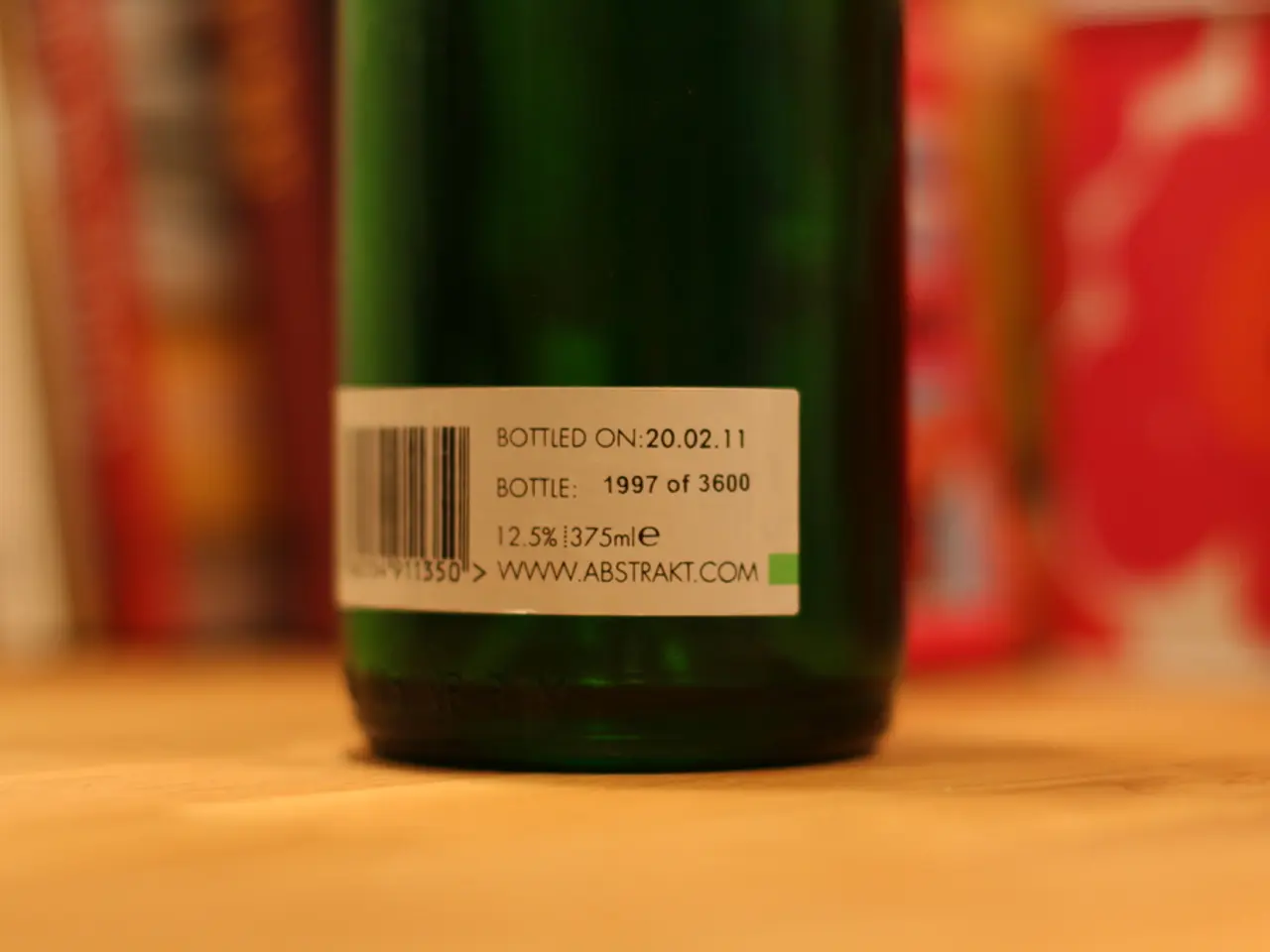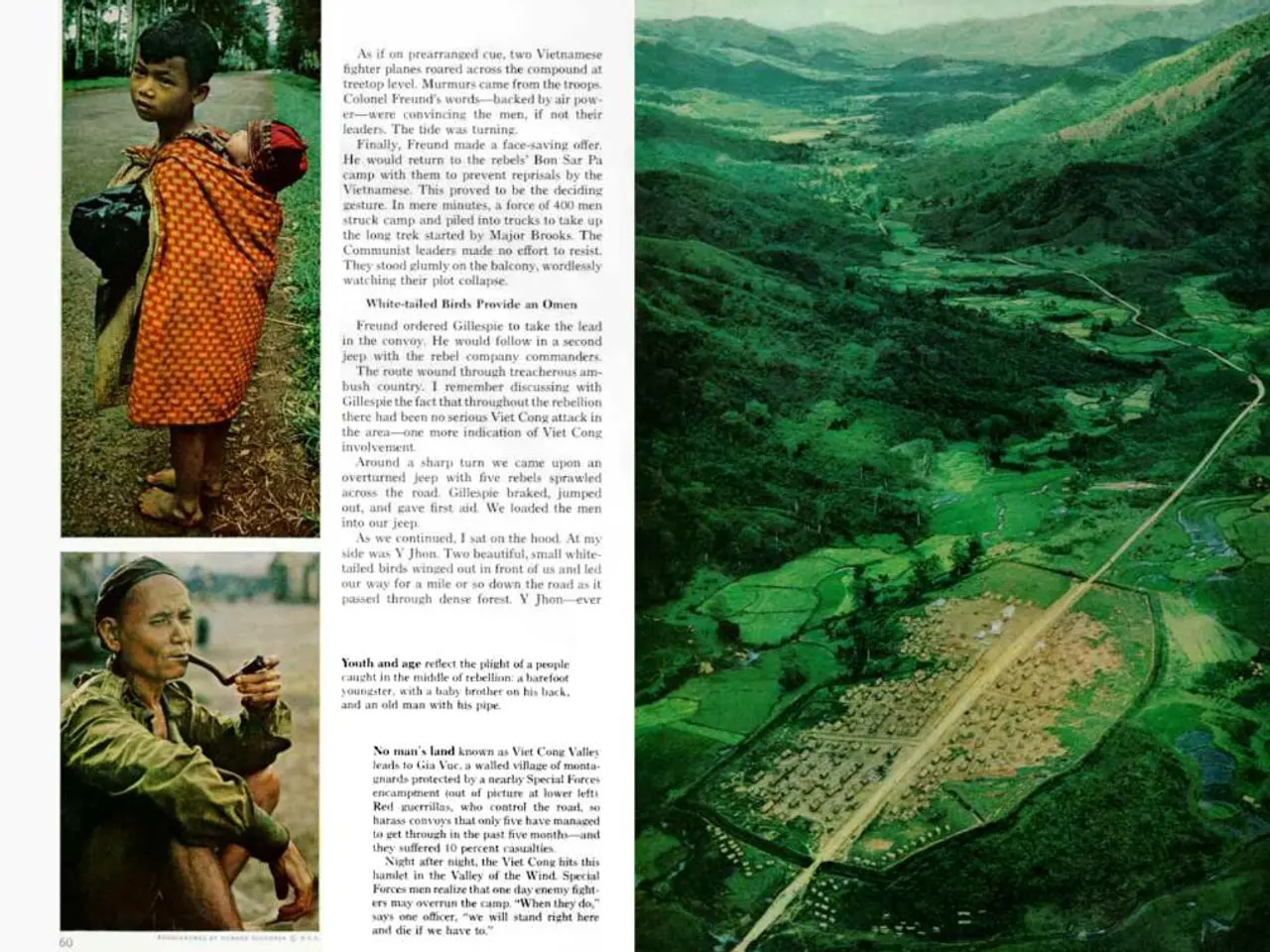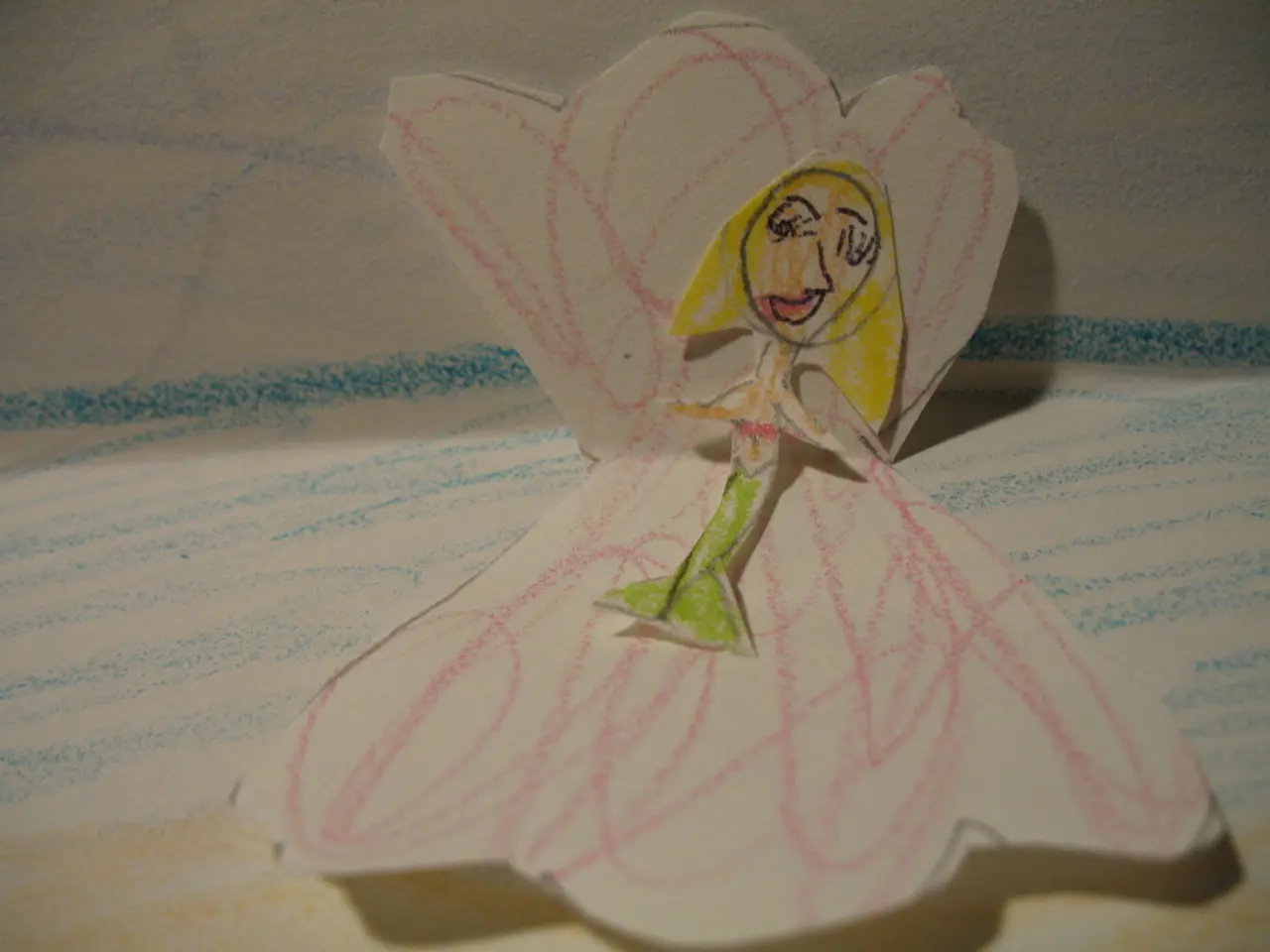Nuclear workers discover four radioactive wasp nests at a South Carolina facility
In a surprising turn of events, radioactive wasp nests have been discovered at the Savannah River Site (SRS) in South Carolina. The nests, which were found near underground waste storage tanks, have raised concerns about potential risks and the ongoing challenge of managing legacy radioactive contamination at former nuclear production sites.
The first radioactive wasp nest was found on July 3, 2023, near Tank 17 in the F-Area Tank Farm location of the site. The nest contained approximately 10 times the radiation allowed by federal regulations, prompting immediate action from site officials. The area surrounding the removed nest did not show any contamination, adding some mystery to the source of the radioactive materials.
The SRS operated as a nuclear weapons production facility during the Cold War, producing plutonium pits and generating large quantities of radioactive liquid waste stored in underground tanks. After the Cold War, the site shifted focus to cleanup and waste management, but legacy contamination remains onsite. The contamination in the wasp nests does not appear to come from recent leaks or active releases, but rather from residual radioactive materials that remain at the site despite ongoing cleanup efforts.
Officials consider the nests a contained legacy contamination issue with no health risk to workers or nearby communities because wasps typically forage only near their nests. However, the discovery of three more radioactive wasp nests in the weeks since the first one was found has raised the possibility that large areas of significant contamination have escaped surveillance in the past. Alternatively, the discovery could indicate that there is some new or old radioactive contamination coming to the surface that was unexpected.
Investigators are currently working to identify the species of wasp and the specific radioactive isotopes found at the SRS. Different species of wasps make their nests out of different materials, which could provide clues as to how the nests at the SRS became radioactive. For example, some wasps create their nests with wood they've chewed into pulp, making it possible that the wasps discovered at SRS made their nests from contaminated rotting wood.
The Department of Energy began cleaning up the site in 1996 and the cleanup is expected to be completed in 2065. Despite the ongoing cleanup efforts, the production of nuclear materials, specifically plutonium "pits," may soon resume at the SRS, with the project set to begin in the 2030s. The SRS was originally opened in the 1950s and produced plutonium and tritium.
The discovery of the radioactive wasp nests at the SRS serves as a reminder of the ongoing challenge of managing legacy radioactive contamination at former nuclear production sites. The nests were sprayed, removed, and disposed of as radiological waste. Despite the potential risks, the general public is not considered to be at significant risk because the wasps do not travel far from their nests.
However, biologist Timothy Mousseau at the University of South Carolina believes that the discovery may have revealed other potential risks. He notes that further research is needed to understand the full extent of the contamination and the potential risks to the environment and public health.
References:
- Savannah River Site finds radioactive wasp nests
- Radioactive wasp nests found at Savannah River Site
- Radioactive wasp nests discovered at Savannah River Site
- Savannah River Site: A Nuclear Weapons Production Facility with a Legacy of Contamination
- Radioactive wasp nests at Savannah River Site: What we know and what we don't
- The discovery of radioactive wasp nests at the Savannah River Site (SRS) has driven discussions in environmental-science and general-news circles, highlighting ongoing challenges in managing legacy radioactive contamination at former nuclear production sites.
- In financial and lifestyle contexts, the ongoing decontamination efforts at the SRS, which began in the mid-90s and are set to last until 2065, are significant considerations for the regional economy and future development plans.
- The medical-conditions community is closely following the SRS situation, acknowledging potential long-term health risks associated with prolonged exposure to radiation caused by the contaminated wasp nests.
- In a broader technology perspective, investigators are seeking to understand the specific radioactive isotopes found in the wasp nests and the possible causes, which could lead to advancements in radioactive waste management and detection technologies.
- The finding of radioactive wasp nests at the SRS has not only sparked interest in sports as the incident may impact local communities, but more importantly, it highlights the need for continued education-and-self-development within the environmental and scientific sectors to address such unforeseen issues in the future.




